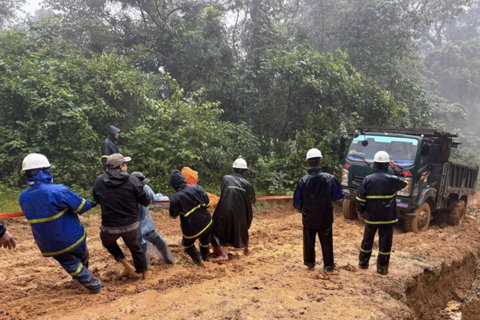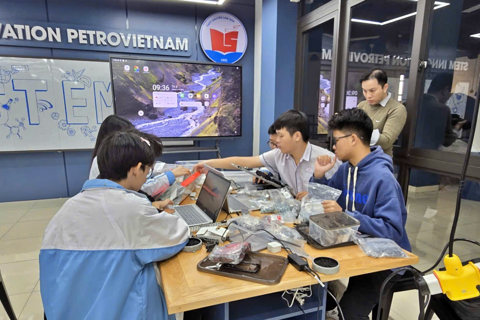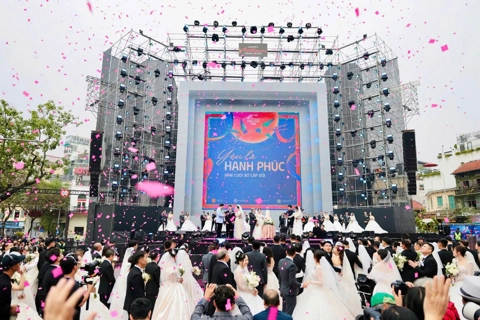Experts urge green architecture to fight climate change in hanoi
Green architecture is key to turning Hanoi into a sustainable, modern, and energy-efficient city.
THE HANOI TIMES — Experts have said that investment in green architecture in Hanoi is imperative amid the severe impacts of climate change and will improve the capital's urban environment.
Vu Ngoc Truong, chief architect of HSD Mechanical Technology & Construction Building Joint Stock Company in Hanoi's Bac Tu Liem District, said green architecture reduces energy consumption and carbon emissions, conserves resources, and improves the overall quality of life for residents.
"They also help mitigate the urban heat island effect, improve the overall quality of life by incorporating green spaces and natural ventilation, combat climate change, and contribute to a more sustainable urban landscape in the city," Truong told The Hanoi Times.
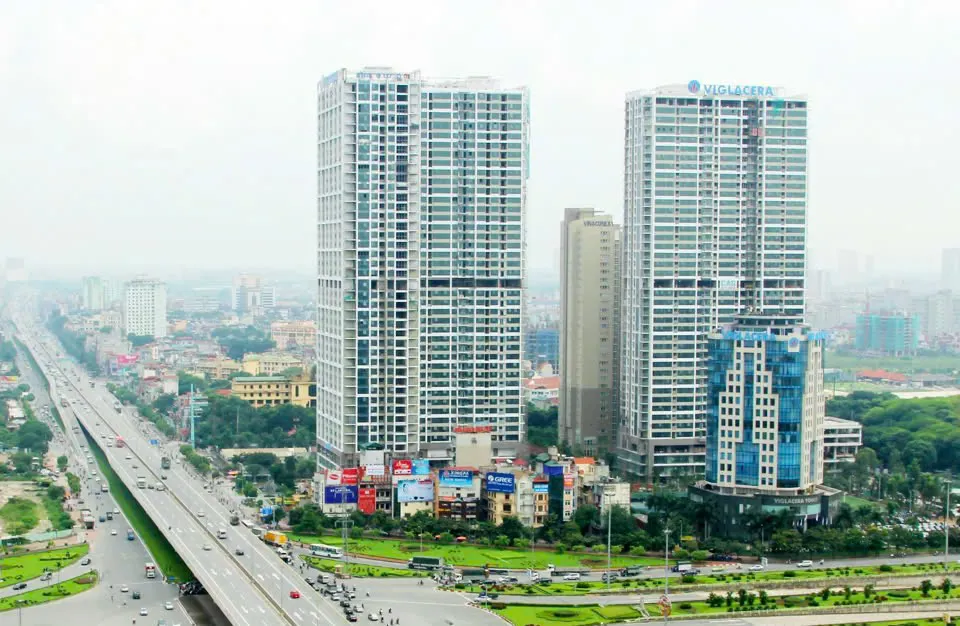
Thang Long Number One building in Hanoi's Cau Giay District, the first recognized green architecture in Vietnam. Photo: Cong Hung/The Hanoi Times
Green roofs, eco-friendly materials, and natural ventilation systems filter pollutants and promote natural airflow, while landscaped areas and reflective materials on building surfaces help lower temperatures, mitigating the effects of heat waves. Green architecture creates more comfortable and healthier indoor environments while contributing to the aesthetic appeal and overall livability of urban areas.

Vu Ngoc Truong, Chief Architect of HSD Mechanical Technology & Construction Building JSC. Photo: Anh Kiet/The Hanoi Times
"It is an inevitable trend of the new era in the face of severe environmental degradation, loss of ecosystems and biodiversity, and declining quality of human habitats on a global scale," Truong said.
He added that green buildings need to be designed in a way that optimizes the use of energy and natural resources through the incorporation of environmentally friendly materials.
A report by the Hanoi Department of Construction revealed that the per capita green area in Vietnamese cities is only 2-3 square meters per person, while the UN minimum is 10 square meters, and the world's modern cities are 20-25 square meters. Many urban experts, therefore, called for the promotion of safe and sustainable green architecture.
Solutions for green buildings
Architect Hoang Thuc Hao, Vice President of the Vietnam Association of Architects, said that in recent years, the Ministry of Construction has commissioned the Institute of Building Materials to conduct several research projects and develop evaluation procedures for certifying green building materials.
The Vietnam Government Portal quoted the architect as saying that while there are many building materials, not all are suitable for green buildings.
Hao urged developers to focus on energy-saving practices during construction and to ensure that building materials do not adversely affect human health, as green architecture contributes to a more sustainable and resilient urban environment, benefiting both the environment and the well-being of city residents.
"The Ministry of Construction is working to provide complete information and databases, simplify administrative procedures, and possibly create a favorable legal framework for the development of green buildings," he said.
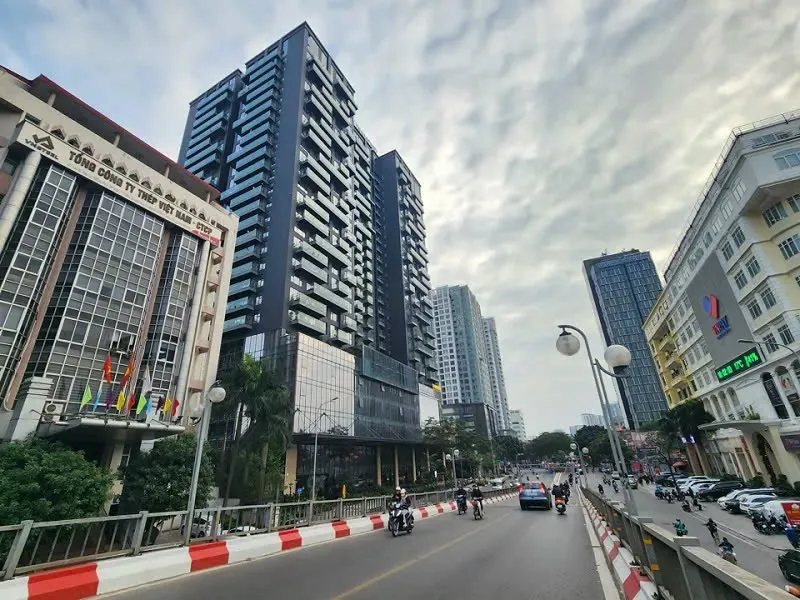
A building (the tallest) built with eco-friendly materials on Lang Ha Street in Hanoi. Photo: Thanh Hai/The Hanoi Times
To make things possible, it's necessary to resolve issues related to the legal framework, establish specific standards and procedures for green building construction, design incentive mechanisms for investors, and improve human resources in the field of green building.
Hanoi is currently drafting regulatory documents to implement the 2024 Capital Law, with a focus on green, smart, and sustainable urban policies for the city's long-term development in line with the green-smart-modern orientation, Hao said.
He noted that the legal framework for green architecture in Hanoi is primarily grounded in the 2024 Capital Law, which aims to promote green development, improve environmental quality, and protect biodiversity.
The law serves as the overarching policy for Hanoi, influencing building regulations and promoting the development of green, smart, and sustainable urban areas, including green buildings.
“The city is working on establishing standards and certification systems for green buildings to ensure they meet specific environmental requirements, potentially including energy efficiency, water conservation, and minimal environmental impact,” said the architect.
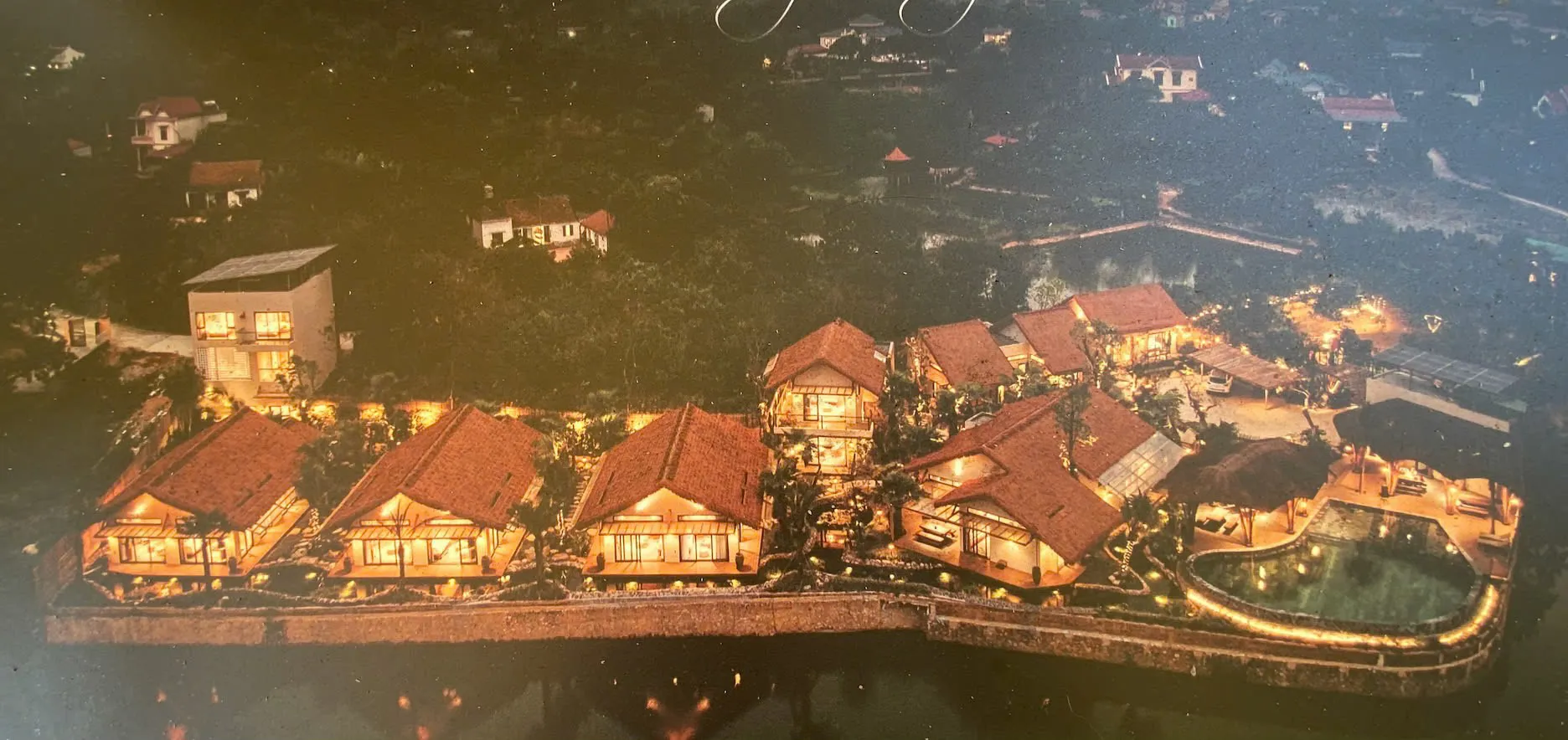
Eco-friendly materials such as bamboo and sedge are used in the Hill Stay Villa project in Hanoi's Chuong My District, which is designed in the style of eco-friendly architecture. Photo: Ngoc Truong
Green urban development as the driver of Hanoi’s development
The development of a green, civilized, and modern city is also one of the general perspectives in the 2024 Capital Law, which came into effect on January 1 this year. The specific target is to achieve about 10-12 square meters of urban green space per person by 2030.
Based on Hanoi's current urban development status and challenges, Dr. Nguyen Duy Hieu, Head of the Building Materials Department, Faculty of Construction, Hanoi Architectural University (HAU), said that to bring about fundamental changes in the urban landscape and create sustainable living environments for the capital's residents, there must be development directions for improving and reconstructing green spaces.
"From planning to practice, we need to be specific from the perspective of maintaining green space structures, connecting water surfaces, and urban greenery. At the same time, solutions are needed to attract investment and community involvement, as well as the private sector in sharing public spaces with the community, according to international experience," Hieu told The Hanoi Times.
He added that Hanoi aims to promote green building practices by providing incentives for green building designs and encouraging the use of sustainable building materials. Green buildings improve energy efficiency, reduce carbon emissions, promote sustainable use of natural resources, minimize environmental pollution, and encourage social participation.
In addition, green space planning needs to be coordinated with transport planning to create green routes and reduce pollution.
Green space planning needs to be matched with technical infrastructure planning. Community participation in planning also plays a crucial role in building a green, clean, and beautiful Hanoi, according to requirements set for Hanoi in the current context, Hieu said.








